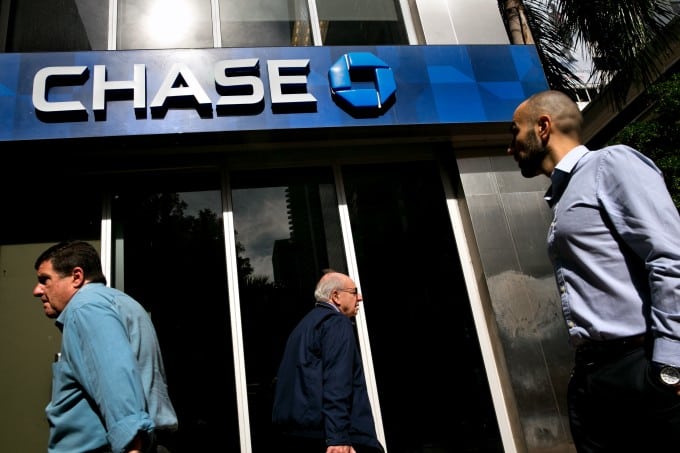Chase urges card users to pay with its mobile wallet—or someone else’s

JPMorgan Chase & Co. will soon kick off a cash-back incentive for credit card customers who pay with a mobile wallet, and it doesn’t matter if the transaction is handled by its proprietary Chase Pay platform or Apple Pay, Android Pay or Samsung Pay.
Chase for the first time has added mobile wallets as one of its rotating quarterly rewards categories, enabling its Chase Freedom credit card customers to earn 5% cash back on combined purchases up to $1,500 during the first three months of 2018, Chase said in a recent press release.
 Bloomberg News
Bloomberg NewsThe promotion could provide some clues about consumers’ awareness of Chase Pay versus the three other wallets marketed by providers outside of the financial services industry, as Chase explores the mobile wallet’s role with consumers.
Another way Chase is testing customers’ immediate interest in its mobile wallet is through Chase Pay Village, a pop-up retail zone operating in Manhattan through Jan. 7, 2018, where various merchants are providing deals for Chase Pay customers. Chase said the effort feeds its research into consumer perceptions of Chase Pay.
Chase Pay, introduced in 2015, is one of the few mobile wallets developed directly by a bank, and it’s distinguished itself further by forging agreements with merchants like Starbucks and Walmart for in-app and in-store acceptance at a lower, undisclosed cost.
Another differentiator for Chase Pay is its $10 million investment in LevelUp, a loyalty-based mobile payments company based in Boston. LevelUp’s mobile wallet uses QR codes, the same system Chase Pay favors.
Consumers may also qualify for 5% cash back during the first quarter of next year on purchases at gas stations and also through digital media and service providers including AT&T, Verizon, Spotify, Netflix and Hulu. Customers must activate the offer by March 14, 2018, and qualify for purchases retroactive to Jan. 1, 2018, according to the release.
Chase Pay Credit cards JPMorgan Chase Loyalty and rewards Mobile wallets
